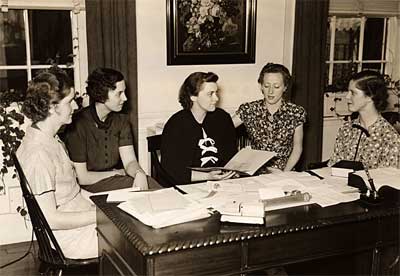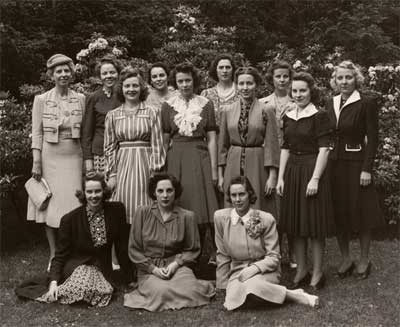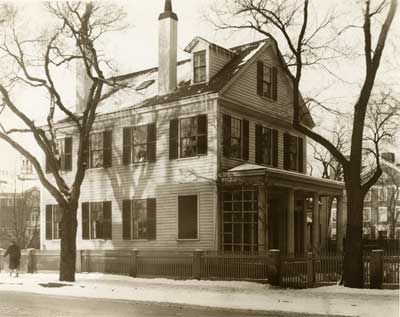

In 1937, five young women arrived at Radcliffe College to begin what Harvard Business School Professor Fritz Roethlisberger called “the first daring experiment in ‘practical education’ for women”2—a one-year, certificate-earning personnel program.
From the outset, the Radcliffe Training Course program focused on “the understanding and treatment of human problems in any employment situation,”3 with the goal of training graduates for work in human resources departments. Faculty and curricula in economics, sociology, guidance, and educational psychology were drawn from the Harvard Business School, other Harvard graduate schools, and Simmons College. In addition to case method coursework in the classroom, the program also included fieldwork: six-week apprenticeships at sponsor companies across the Northeast, with experiences ranging from working the production line to performing administrative tasks.
The first class had only five students, but the Training Course in Personnel Administration grew steadily and soon required larger housing and classroom facilities. In 1939, Radcliffe College acquired a building at 69 Brattle Street, and program students named it after Elizabeth Cabot Putnam, the first director of the Radcliffe career services department. Putnam House quickly became the hub of program activity, including classroom instruction. Not only did many students room and board at Putnam, they also held informal gatherings and led discussions there. Putnam House remained central to the program, even as the curriculum progressed, program enrollment grew, and other neighborhood houses became dormitories.
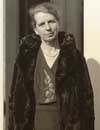 Edith Stedman was the director of Radcliffe’s career services department and recognized the economic necessity for women to have professional training. From 1937 to 1941, she served as director of the Training Course program which she developed from concept to reality. A tireless advocate for the program, Edith Stedman reached out to people of influence such as Eleanor Roosevelt for promotional and fundraising support.
Portrait of Edith G. Stedman, ca. 1932
Edith Stedman was the director of Radcliffe’s career services department and recognized the economic necessity for women to have professional training. From 1937 to 1941, she served as director of the Training Course program which she developed from concept to reality. A tireless advocate for the program, Edith Stedman reached out to people of influence such as Eleanor Roosevelt for promotional and fundraising support.
Portrait of Edith G. Stedman, ca. 1932
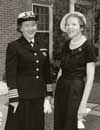 Arriving with a B.S. in business administration, Winifred Q. Collins was a noteworthy member of the first class. After a period as a personnel director at Pasadena Junior College, Collins joined the U.S. Navy where she reached the rank of captain and helped plan for the eventual acceptance of women into the regular naval ranks.
Captain Winifred Quick Collins with Program Associate Director Raghnild Roberts, ca. 1945.
Arriving with a B.S. in business administration, Winifred Q. Collins was a noteworthy member of the first class. After a period as a personnel director at Pasadena Junior College, Collins joined the U.S. Navy where she reached the rank of captain and helped plan for the eventual acceptance of women into the regular naval ranks.
Captain Winifred Quick Collins with Program Associate Director Raghnild Roberts, ca. 1945.
- 2
- Fritz Roethlisberger, The Elusive Phenomena: An Autobiographical Account of My Work in the Field of Organizational Behavior at the Harvard Business School (Cambridge, Mass.: Harvard University Press, 1977), p 108. ←
- 3
- Raghnild J. Roberts to Ada Comstock, “Report on the Training Course in Personnel Administration,” December 19, 1939, Harvard-Radcliffe Program in Business Administration Records, Radcliffe ←
- Baker Library | Historical Collections | Site Credits
- Contact Email: histcollref@hbs.edu
